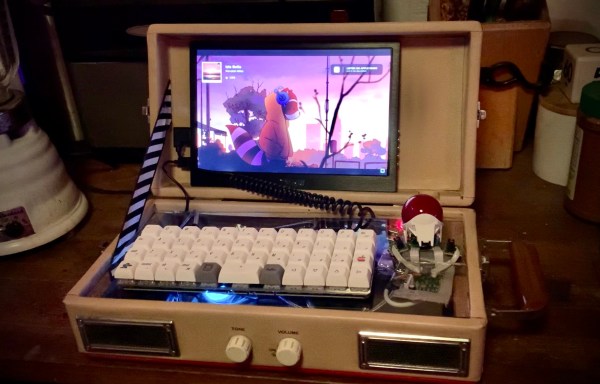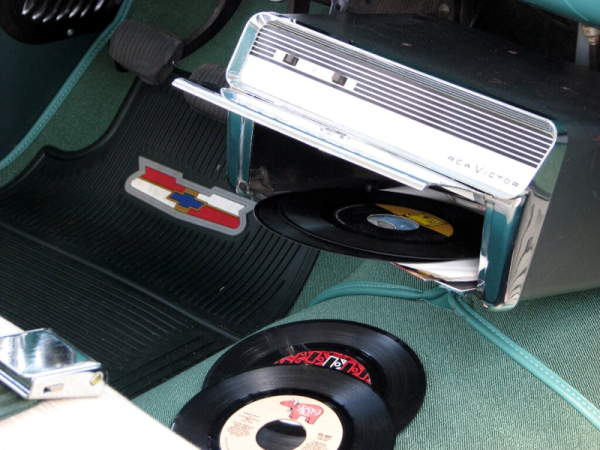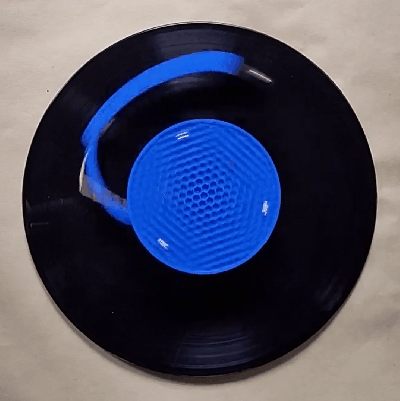There was a time when all the cool kids had a 45 RPM record player. [RF Burns] picked up a 1950s-era player from RCA. However, it needed a lot of work. The good news? We get to see the teardown and the result in a two-part video series, which you can see below. If you are looking for the schematic, you’ll have to wait for the second video.
These were made to be cheap, so there were many parts that needed replacement or, at least TLC. The automation of the record changer was all done with an eccentric wheel, which is satisfyingly low-tech. We were surprised that it still seemed to work after everything was cleaned up.
Inside were two active tubes and a rectifier tube to amplify the signal from the needle. A coat of paint made it look great, and a polarized power cord made it safer.
There was also an unamplified version of the player you can see at the end of the second video. All the same things except for the tube amplifier, of course.
If you are too young to have fond memories of 45s, here’s a primer on how records work. The record player we really want is mobile.









![The legendary Technics SL1200 direct-drive turntable, as used by countless DJs. Dydric [CC BY-SA 2.5)], via Wikimedia Commons.](https://hackaday.com/wp-content/uploads/2017/02/640px-technics_sl-1200mk2-2.jpg?w=400)










